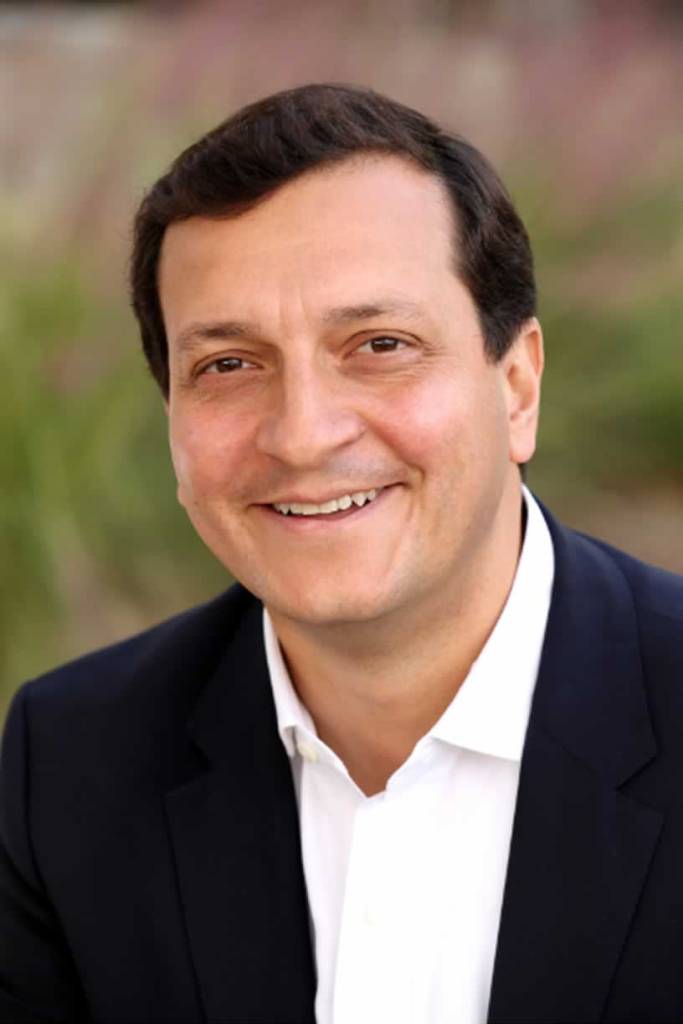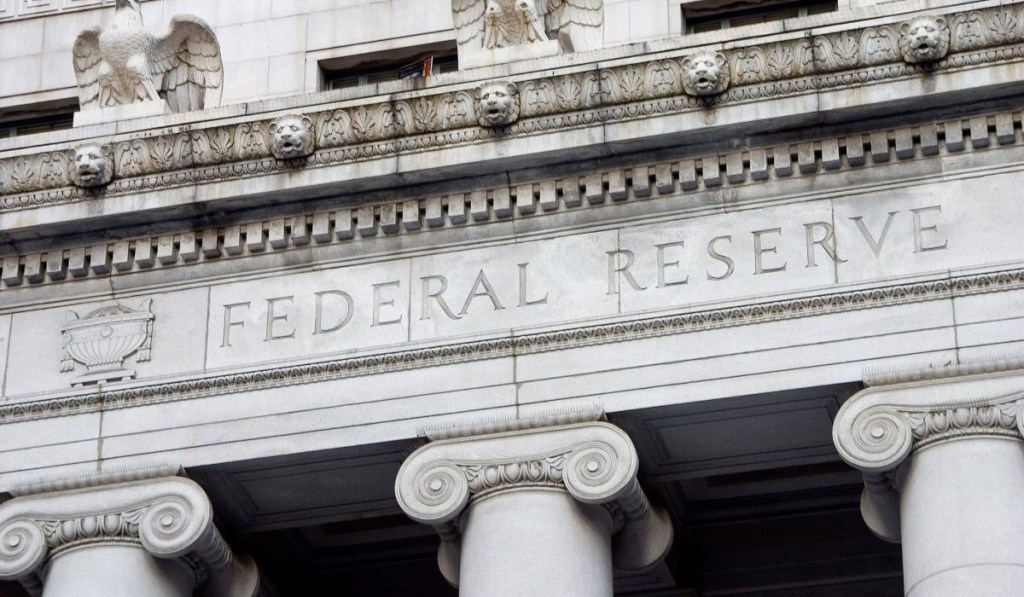Like the traditional forward space, the reverse mortgage industry has been operating in an elevated interest rate environment for some time.
While news of the Federal Reserve lowering its benchmark interest rate by 50 basis points (bps) to a range of 4.75% to 5% will have wider economic ramifications in the government’s ongoing efforts to fight inflation, there are expected benefits to the reverse mortgage business as well as the demographic it serves: seniors on a fixed income.
HousingWire’s Reverse Mortgage Daily (RMD) solicited input from multiple leaders active in the reverse mortgage industry, and they are all looking ahead at what the cut could mean for overall industry volume, as well as their individualized activities in the realm of both the Home Equity Conversion Mortgage (HECM) program and their proprietary product offerings.

At industry leader Finance of America (FOA), company president Kristen Sieffert said that the impact on both the company and the industry will be very evident.
“This week’s 50 bps Fed cut is welcomed news, and we are hopeful it will have a positive impact on the broader housing market,” she told RMD. “Stepping back, our industry is more focused on long-term interest rates and the 10-year Treasury yield has already seen a decline over the past two months in anticipation of a Fed rate cut.”
Company-specific impacts should be notable due to the likely impact on its asset values, she said.
“Still, this transition into a declining rate environment is a net positive for Finance of America as our retained assets will generally become more valuable and there are advantages to consumers that will benefit our loan production,” she said. “Higher LTVs can enable more net new borrowers to qualify and the CMT 10-year rate changes enable borrowers to get higher proceeds. These are helpful tailwinds for our business.”

At Longbridge Financial, SVP of Wholesale Adrian Prieto told RMD that one of the more notable impacts will be on Platinum, the company’s line of proprietary reverse mortgage products.
“Much like others in the market, Longbridge eagerly anticipated this week’s rate cut,” Prieto said. “With the Fed’s official announcement, we see a significant opportunity to enhance our Platinum proprietary products and deliver even greater value to borrowers.”
The Platinum line also has new product updates on the back of the rate cut announcement, Prieto said.
”We’re excited to introduce our latest updates: the new Platinum 5.0 A with a reduced rate of 8.49% and the Platinum 5.0 Max with a reduced rate of 8.99%,” Prieto said. “As always, we’ll remain vigilant of secondary market trends and continue to refine our products for the benefit of our borrowers.”
At American Senior Lending/HighTechLending, company president and CEO David Peskin described the impact higher rates have had on the demographic before looking ahead at the potential impact on his company and the wider reverse mortgage industry.

“I believe it was necessary to cut rates,” Peskin told RMD. “Higher rates over time have a big impact on consumers, especially older homeowners. Higher rates in the ecosystem end up costing consumers more money and has a bigger impact on older homeowners who are on fixed income. They simply can’t afford such a big increase in rates in such a short period of time.”
The negative impacts of higher rates have also pushed seniors to seek out more expensive traditional financing instruments, he explained.
“We are seeing more and more older homeowners with substantial credit card debt as they needed an immediate crutch for cash,” he explained. “You add this to increased electric bills, homeowners insurance and medical costs and you find an increased need for homeowners to access their cash trapped in their home.”
The industry impact, he said, will come down to more qualifying borrowers and a potentially smoother process for borrowers who may choose to seek out a reverse mortgage.
“With the 10-year falling and rates dropping, you should see a balance of more homeowners qualifying and rates getting closer to what homeowners feel they can digest,” Peskin explained. “What amazes me is how some homeowners are comfortable paying 22% on credit cards but have to think about paying today’s rates on a reverse mortgage.”
Sean Kirksey, VP of reverse lending at CMG Home Loans, added that the impact on the reverse mortgage industry and its core demographic should become apparent pretty quickly.
“The FOMC’s recent actions will have a positive impact on the reverse market, with a .50 rate cut and the indication of two more cuts by year-end,” Kirksey said. “This move is set to provide much-needed access to funds for many of our clients.”





